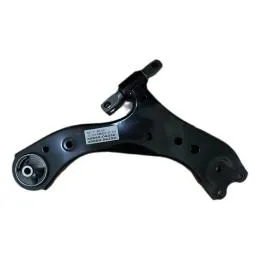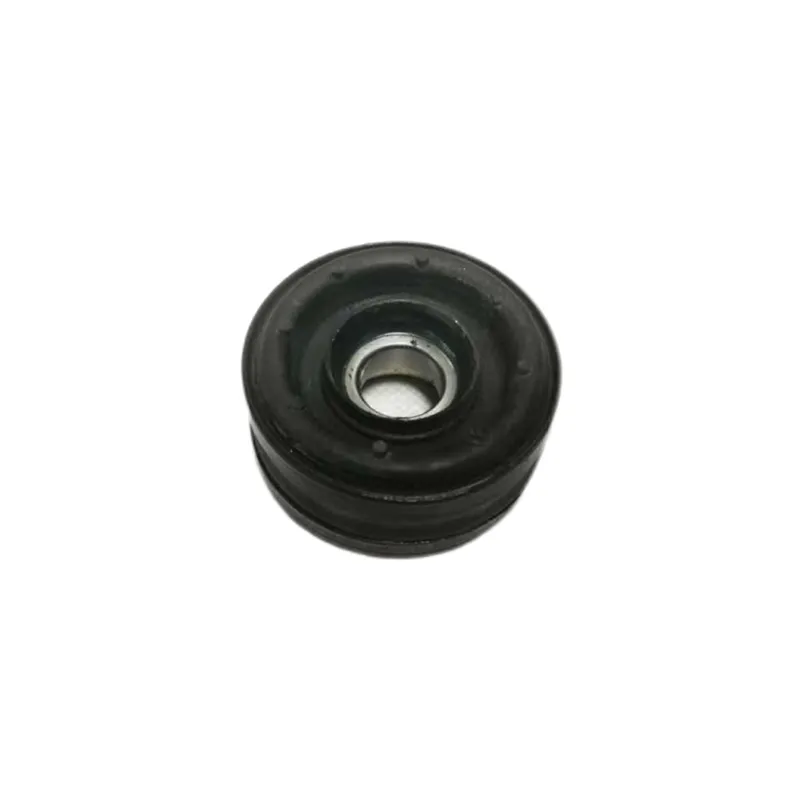
-
 Afrikaans
Afrikaans -
 Albanian
Albanian -
 Amharic
Amharic -
 Arabic
Arabic -
 Armenian
Armenian -
 Azerbaijani
Azerbaijani -
 Basque
Basque -
 Belarusian
Belarusian -
 Bengali
Bengali -
 Bosnian
Bosnian -
 Bulgarian
Bulgarian -
 Catalan
Catalan -
 Cebuano
Cebuano -
 Corsican
Corsican -
 Croatian
Croatian -
 Czech
Czech -
 Danish
Danish -
 Dutch
Dutch -
 English
English -
 Esperanto
Esperanto -
 Estonian
Estonian -
 Finnish
Finnish -
 French
French -
 Frisian
Frisian -
 Galician
Galician -
 Georgian
Georgian -
 German
German -
 Greek
Greek -
 Gujarati
Gujarati -
 Haitian Creole
Haitian Creole -
 hausa
hausa -
 hawaiian
hawaiian -
 Hebrew
Hebrew -
 Hindi
Hindi -
 Miao
Miao -
 Hungarian
Hungarian -
 Icelandic
Icelandic -
 igbo
igbo -
 Indonesian
Indonesian -
 irish
irish -
 Italian
Italian -
 Japanese
Japanese -
 Javanese
Javanese -
 Kannada
Kannada -
 kazakh
kazakh -
 Khmer
Khmer -
 Rwandese
Rwandese -
 Korean
Korean -
 Kurdish
Kurdish -
 Kyrgyz
Kyrgyz -
 Lao
Lao -
 Latin
Latin -
 Latvian
Latvian -
 Lithuanian
Lithuanian -
 Luxembourgish
Luxembourgish -
 Macedonian
Macedonian -
 Malgashi
Malgashi -
 Malay
Malay -
 Malayalam
Malayalam -
 Maltese
Maltese -
 Maori
Maori -
 Marathi
Marathi -
 Mongolian
Mongolian -
 Myanmar
Myanmar -
 Nepali
Nepali -
 Norwegian
Norwegian -
 Norwegian
Norwegian -
 Occitan
Occitan -
 Pashto
Pashto -
 Persian
Persian -
 Polish
Polish -
 Portuguese
Portuguese -
 Punjabi
Punjabi -
 Romanian
Romanian -
 Russian
Russian -
 Samoan
Samoan -
 Scottish Gaelic
Scottish Gaelic -
 Serbian
Serbian -
 Sesotho
Sesotho -
 Shona
Shona -
 Sindhi
Sindhi -
 Sinhala
Sinhala -
 Slovak
Slovak -
 Slovenian
Slovenian -
 Somali
Somali -
 Spanish
Spanish -
 Sundanese
Sundanese -
 Swahili
Swahili -
 Swedish
Swedish -
 Tagalog
Tagalog -
 Tajik
Tajik -
 Tamil
Tamil -
 Tatar
Tatar -
 Telugu
Telugu -
 Thai
Thai -
 Turkish
Turkish -
 Turkmen
Turkmen -
 Ukrainian
Ukrainian -
 Urdu
Urdu -
 Uighur
Uighur -
 Uzbek
Uzbek -
 Vietnamese
Vietnamese -
 Welsh
Welsh -
 Bantu
Bantu -
 Yiddish
Yiddish -
 Yoruba
Yoruba -
 Zulu
Zulu
فېۋرال . 10, 2025 09:30
Back to list
control arm types
In the ever-evolving landscape of automotive engineering, the quest for improved vehicle suspension and handling continues unabated. Central to this effort is the control arm, a critical component that bridges the suspension of the car to its frame, ensuring the balance and stability of the ride. With a multitude of control arm types available, selecting the right one is essential for performance and safety. This article explores various control arm types, evaluated through the lens of expertise, real-world experience, authoritativeness, and trustworthiness, offering a comprehensive guide to making an informed purchase.
Tubular control arms add another layer of sophistication, commonly employed in aftermarket modifications and racing applications. Constructed using high-grade steel or aluminum, the tubular design reduces weight without compromising strength. Those racing at competitive levels appreciate the ability to fine-tune suspension geometry, achieving desired handling characteristics without adding weight. However, the complexity of manufacturing and installation can be a deterrent for the everyday consumer. Real-world experience embodies the wisdom of seasoned mechanics and automotive enthusiasts who can testify to the nuanced benefits and pitfalls of each type. It is imperative to consider the environment and typical usage conditions when selecting a control arm. In regions prone to harsh winters and road salt, for example, the corrosion resistance of stamped steel or forged aluminum can significantly extend the lifespan of the component. Authoritative sources such as engineering analyses and manufacturer specifications provide invaluable insights into the performance metrics of each control arm type. Comparing tensile strength, fatigue life, and resistance to deformation underscores the sophisticated science behind each product choice. Consumers should consult trusted resources, including automaker guidance and automotive engineering surveys, to make a data-driven decision. Trustworthiness in control arm selection derives from reputable brands committed to rigorous testing and quality assurance. Established manufacturers with a strong track record in automotive parts supply stand as pillars of dependability. Customers are encouraged to seek validation through certifications and warranties, ensuring that every control arm purchased meets industry standards for safety and performance. In conclusion, selecting the appropriate control arm involves a careful balance of your driving needs, budget constraints, and the authoritative data available. By marrying practical experience with scientific expertise, consumers can confidently choose a control arm type that not only enhances their vehicle’s performance but ensures their safety and satisfaction on every journey.


Tubular control arms add another layer of sophistication, commonly employed in aftermarket modifications and racing applications. Constructed using high-grade steel or aluminum, the tubular design reduces weight without compromising strength. Those racing at competitive levels appreciate the ability to fine-tune suspension geometry, achieving desired handling characteristics without adding weight. However, the complexity of manufacturing and installation can be a deterrent for the everyday consumer. Real-world experience embodies the wisdom of seasoned mechanics and automotive enthusiasts who can testify to the nuanced benefits and pitfalls of each type. It is imperative to consider the environment and typical usage conditions when selecting a control arm. In regions prone to harsh winters and road salt, for example, the corrosion resistance of stamped steel or forged aluminum can significantly extend the lifespan of the component. Authoritative sources such as engineering analyses and manufacturer specifications provide invaluable insights into the performance metrics of each control arm type. Comparing tensile strength, fatigue life, and resistance to deformation underscores the sophisticated science behind each product choice. Consumers should consult trusted resources, including automaker guidance and automotive engineering surveys, to make a data-driven decision. Trustworthiness in control arm selection derives from reputable brands committed to rigorous testing and quality assurance. Established manufacturers with a strong track record in automotive parts supply stand as pillars of dependability. Customers are encouraged to seek validation through certifications and warranties, ensuring that every control arm purchased meets industry standards for safety and performance. In conclusion, selecting the appropriate control arm involves a careful balance of your driving needs, budget constraints, and the authoritative data available. By marrying practical experience with scientific expertise, consumers can confidently choose a control arm type that not only enhances their vehicle’s performance but ensures their safety and satisfaction on every journey.
Next:
Latest news
Tools Needed To Replace A Driver Side Upper Control Arm
NewsAug.05,2025
The Role of Front Upper and Lower Control Arms in Vehicle Handling
NewsAug.05,2025
Rear Upper Control Arm Geometry and Its Impact on Tire Wear
NewsAug.05,2025
Performance Benefits of Upgrading Your Right Rear Control Arm
NewsAug.05,2025
How Front Lower Control Arms Affect Tire Wear
NewsAug.05,2025
Extended Upper Control Arms And Their Impact On Wheel Travel
NewsAug.05,2025







